*The contents of this article are human-created.*
This post may contain affiliate links. Please see our full disclosure for details.
Give your cookies and baked goodies a healthier twist with this naturally coloured, Easy Homemade Icing. This icing only takes a minute to make, requires no eggs or aquafaba and is coloured with real food!
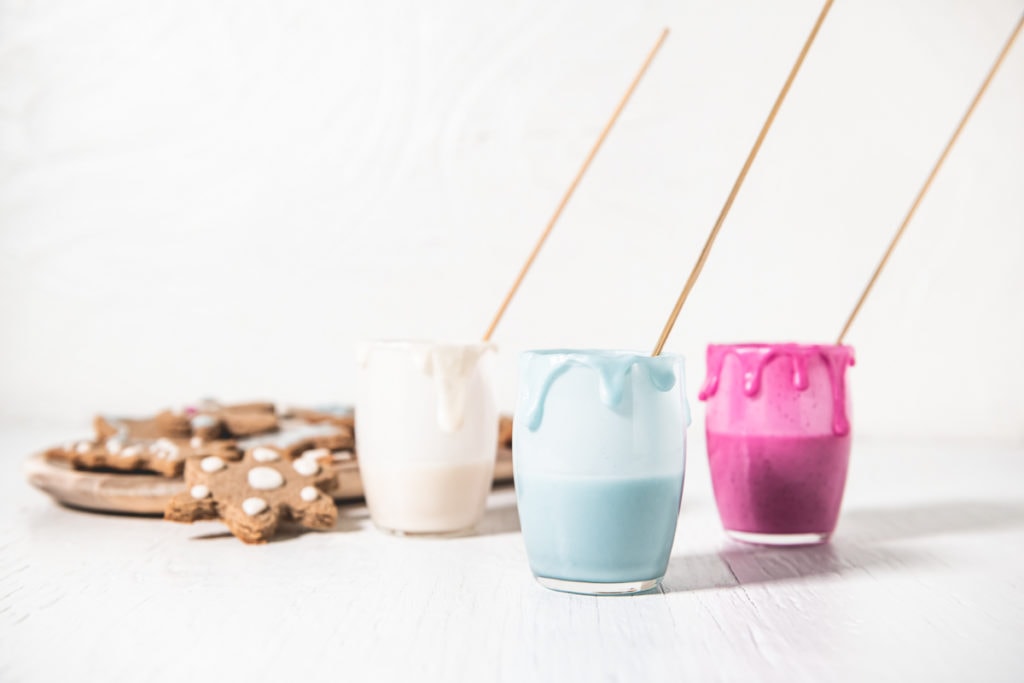
Icing is one of those things that I never really miss, except for around the holidays. I absolutely love making, baking and decorating gingerbread cookies! For many years, I simply went without the icing because I thought it would be much harder to find ways to make natural food colouring and eggless icing. However, I was missing out because making your own naturally coloured, vegan icing couldn't be any easier, and it only takes a minute to make!
This Easy Homemade Icing is basically an eggless royal icing! It hardens just like the real deal, making it a perfect cookie icing! You can use it on gingerbread cookies, sugar cookies or any other goodie that calls for royal icing.
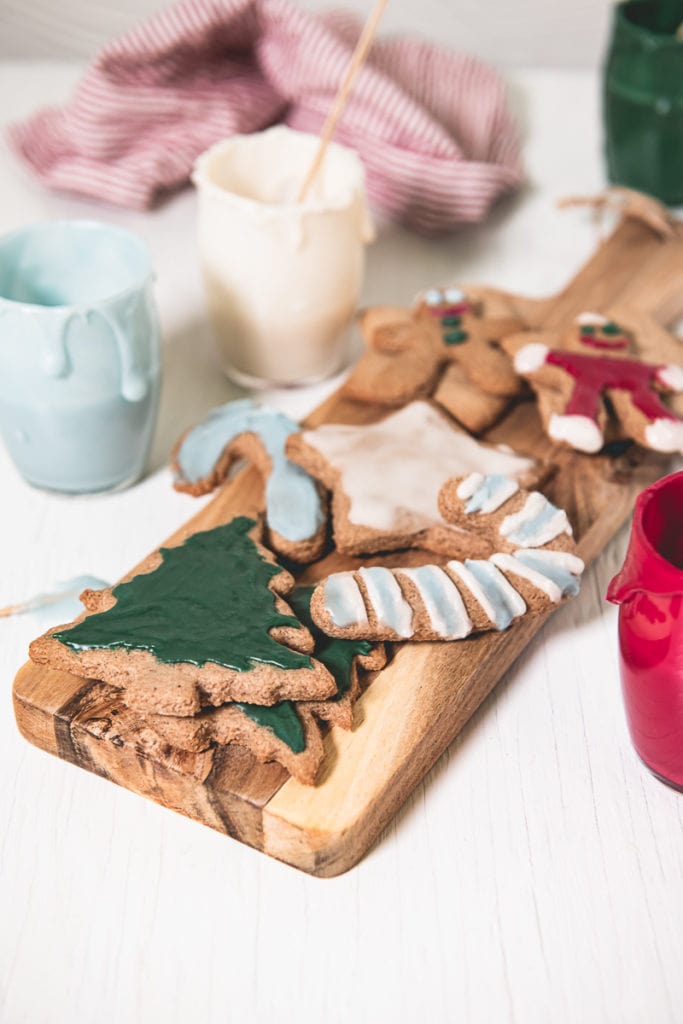
Most eggless or vegan icing recipes call for aquafaba (which is the water chickpeas are cooked in). However, I'm not a big fan for a few reasons, which I've listed below.
Why I Don't Use Aquafaba
Now, if you don't have any digestive, gut or autoimmune issues, using aquafaba for the odd merengue or fluffy whipped treat isn't going to hurt. But if you're anything like me and have a sensitive gut and digestive system, you might want to avoid it for the reasons listed below. Even when I soak, rinse and cook my legumes to no avail, I still have to be careful not to overdo it with them. So, avoiding aquafaba is a measure I take to ensure I don't wreak any unnecessary havoc on my gut and digestive system.
Anti-Nutrients & Digestion Interference
Legumes contain what are known as anti-nutrients. It's a part of their defence mechanism to deter animals and humans from eating them. We should never eat raw legumes (especially kidney beans!) because they contain harmful compounds that can make us very sick. However, most of these compounds are released during the soaking and cooking process. We can also use apple cider vinegar, kelp powder, kombu or ginger to help further release and break down these compounds, making them a little more digestible and easier on the gut.
Phytic Acid
Phytic acid binds itself to vitamins and minerals, inhibiting our bodies' ability to absorb them properly.
Lectins
Lectins are found in many foods. However, it's usually in minute amounts. Legumes, on the other hand, contain quite a high amount. These little compounds induce mast cells to produce histamine, which can create a histamine response (an allergic reaction). They also make the gut more leaky and porous by binding to intestinal mucosa.
I should also note that small amounts of lectins can be beneficial to us. However if you're prone to sensitivities, allergies, have gut issues or an autoimmune condition, large amounts can wreak havoc and worsen your symptoms.
Saponins
Saponins are what make the soapy, foamy texture that replicates egg whites. This is one of the main reasons I avoid aquafaba. Saponins can increase gut permeability, which can lead to and increase the chances of leaky gut syndrome. Similar to lectins, saponins can provide us with some benefits. However, they can cause extra harm if you have pre-existing food sensitivities, gut issues or an autoimmune condition.
Oligosaccharides
Oligosaccharides are sugars that our bodies don't digest. They remain intact until they get to the gut, where bacteria then feed on them. Gas (or flatulence) is then a byproduct of our bacteria consuming these sugars. This is what makes us so gassy after eating beans and legumes!
This Doesn't Mean Legumes Are Bad For Us
Now, this isn't to say that legumes aren't good to eat. They do contain many beneficial nutrients and are a great source of fibre and plant protein. However, they need to be properly soaked and cooked before consumption. Soaking and cooking greatly reduces these harmful compounds. However, they don't just disappear! Those compounds get released into the cooking and soaking water. That's why I choose not to consume it.
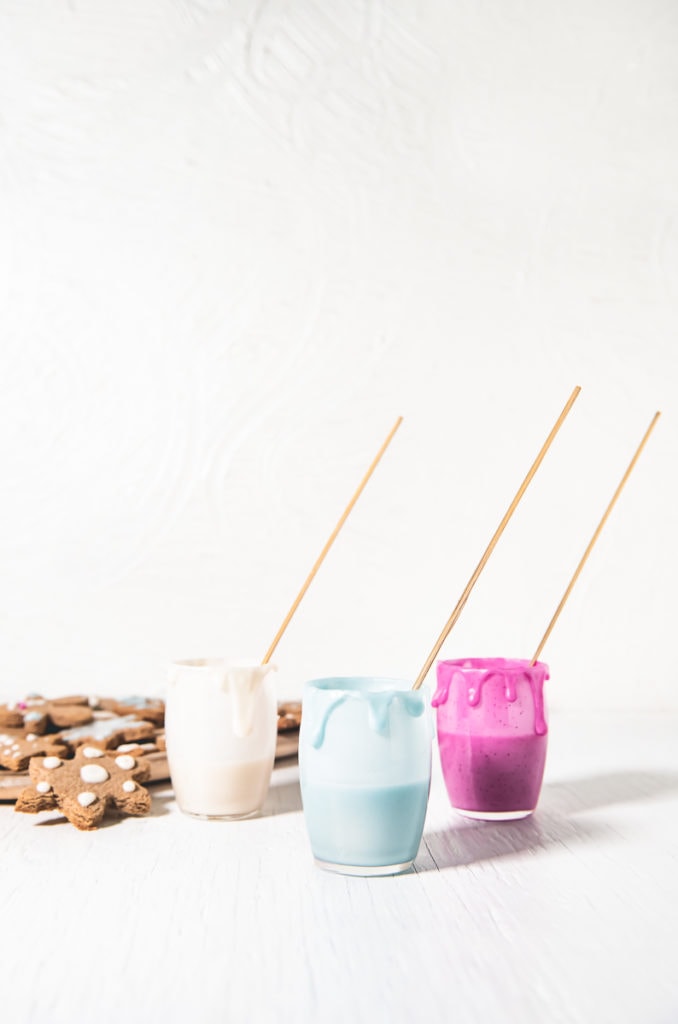
How to Make Eggless Icing Without Aquafaba
To make the base (or just plain old white icing), all you need is three ingredients - organic icing sugar, any dairy-free milk of your choice and a squeeze of lemon.
Organic Icing Sugar
While I've experimented with icing recipes using maple syrup, maple flakes and coconut sugar, they aren't great for making fancy colours. You pretty much only get one golden-brown colour when using natural sweeteners. Which is great if that's the colour you're going for! However, if you want white icing or to make fun colours like frosty blue and magenta, you'll need to use icing sugar. Thankfully, there are now some healthier options on the market.
What Is Icing Sugar Made Of
Icing sugar is basically finely ground sugar. Although most store-bought icing sugar is mixed with corn starch and possibly other fillers they can sneak in without listing. I used Wholesome Sweetener's Organic Icing sugar. It's instead blended with tapioca, a much less inflammatory option than corn starch.
You can make homemade icing sugar simply by blending organic cane sugar into a fine powder. To make icing without refined sugar, you can use coconut sugar! But, as mentioned above, icing made with coconut sugar will be golden-brown.
Milk Or Juice
The second ingredient in this Easy Homemade Icing is any milk of your choice. Although I should mention the milk is omitted, and beet juice is used instead to make the red icing! That being said, you can always use the ratios in this recipe to try new colours with other vegetable or fruit juices.
Obviously, to make this icing dairy-free and vegan, you need to use a dairy-free milk alternative. Oat, tigernut and almond milk all work wonderfully. However, you can use any milk alternative of your liking. And if you prefer cow or goat's milk, that will work as well!
Squeeze of Fresh Lemon Juice
The third base ingredient for this icing is just a squeeze of lemon juice. It's not technically necessary; it simply acts as a whitener, giving the icing a truer colour. Lemon juice also contains citric acid, which acts as a preservative. And it adds an eensy-weensy nutritional boost to the icing; we can only hope we at least get some vitamin C out of a little squeeze!
So, if you're out of lemons or have an allergy, not to worry. The lemon can simply be omitted. You will still get very similar results.
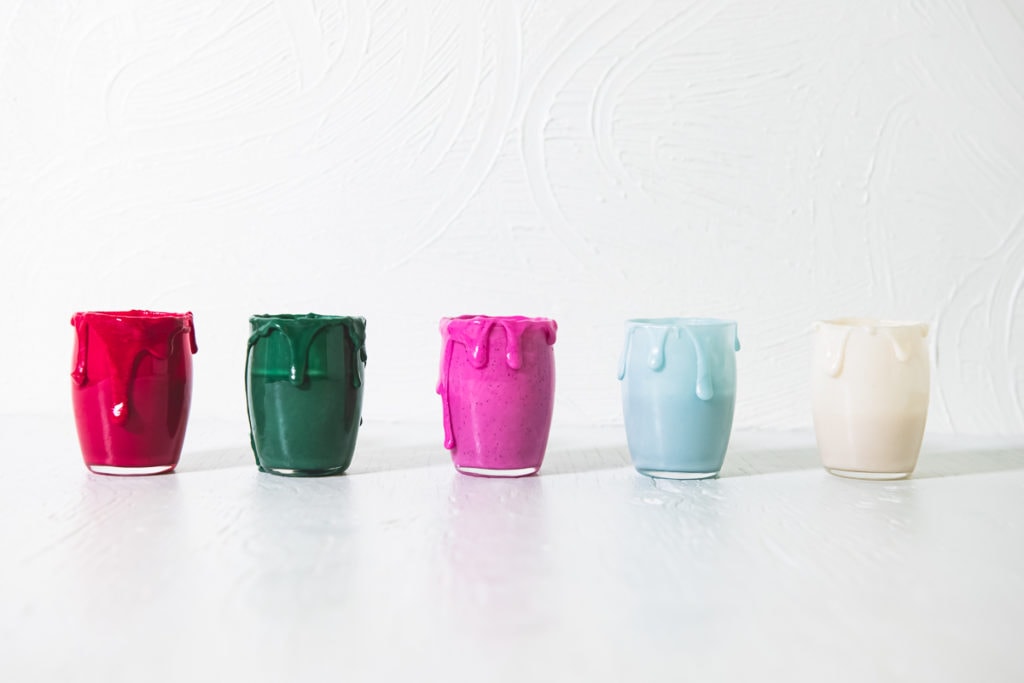
How to Naturally Colour Icing
Making natural icing colours is easier than you may think! Nature creates an abundance of vibrantly coloured whole, real foods. There really is no reason we need to be using and eating those toxin-laden artificial colours. You can either use vibrant vegetable and fruit juices, like beet. Or you can use superfood powders like spirulina and blue-green algae.
Plain White Icing
Making natural white icing is probably the easiest, not that any of these colours are difficult to make! All you need is three ingredients, one cup of icing sugar, five teaspoons of any milk of choice and a squeeze of lemon. Just mix them together, and you have homemade eggless icing!
Natural Green Icing
To make a natural green icing, all you need to do is mix one cup of icing or powdered sugar with six teaspoons of your milk of choice. Then mix in half a teaspoon of spirulina powder. This makes a forest green colour, as pictured. You can always add more or less spirulina to your icing mixture to get a lighter or darker shade.
Frosty Blue Icing
This natural frosty blue icing is my favourite of the five colours. It's perfect for decorating holiday snowflake cookies, easter cookies, baby shower cookies, or just about any other occasion! Blue-green algae or butterfly pea powder can be used to make this gorgeous icing colour. All you need is a little sprinkle. For this natural icing colour, you won't need as much liquid as the green icing calls for, so you'll be using one cup of icing sugar, five teaspoons of any milk of choice, a squeeze of lemon and just a sprinkle of blue-green algae powder.
Magenta / Pink Icing
If you haven't already guessed, this natural pink icing is my second favourite of the five. Dried dragon fruit (or pitahaya / Pitaya) gives it a beautifully vibrant magenta colour. For this icing colour, mix one up of icing sugar, six teaspoons of milk of choice and a half to one teaspoon of dried dragon fruit powder, depending on how light or vibrant you want your magenta colour. If you add a whole teaspoon, you may need to add a ½ teaspoon of milk as well.
Beet Red Icing
Last but not least, we have beet red icing, literally! This one differs from the other colours since beet juice is used in place of the milk. All you need to do is mix five teaspoons of beet juice and a squeeze of lemon juice with one cup of icing sugar, and you have a vibrant, natural red icing!
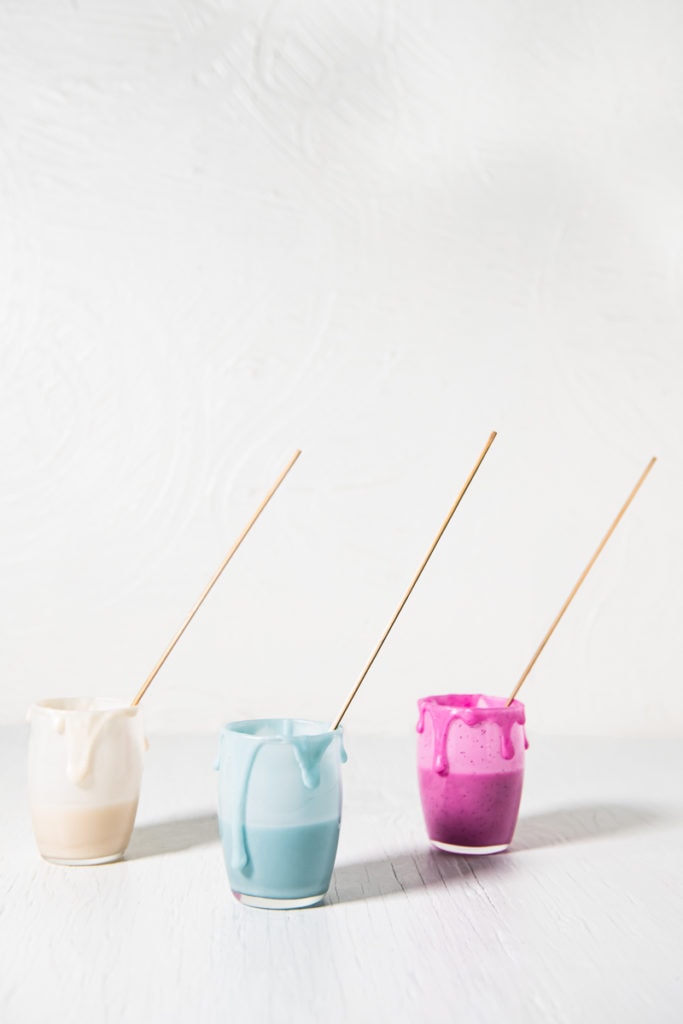
You can always use the base and ratios of this Easy Homemade Icing recipe to experiment with other natural icing colours. Turmeric would be perfect for making yellow icing, while berry juices and powders could create a variety of beautiful colours as well!
THIS RECIPE IS...
More Dairy-Free Sweets
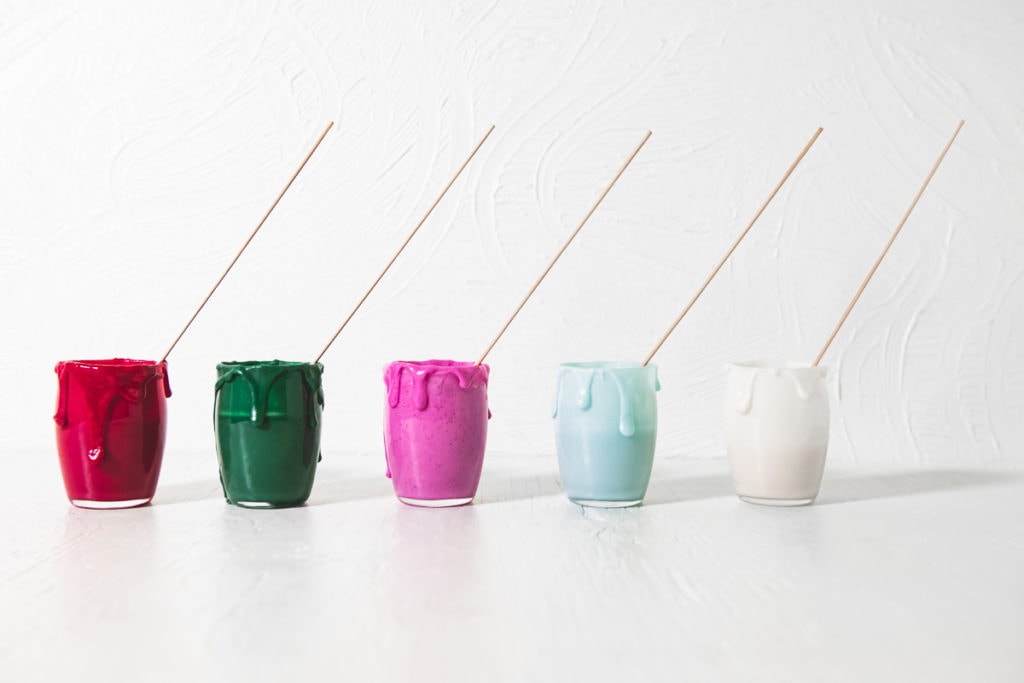
If you try this Easy Homemade Icing recipe, let me know how it was by leaving a comment and/or a rating below! And make sure you're following along on Pinterest, Instagram and Facebook for more wildly nutritious recipes!
Easy Homemade Icing (Vegan, Naturally Coloured)
Print RecipeIngredients
Plain White Icing
- 1 cup Organic Icing Sugar
- 5 teaspoon Dairy-Free Milk (Or Milk of Choice)
- squeeze of Lemon
Natural Green
- 1 cup Organic Icing Sugar
- 6 teaspoon Dairy-Free Milk (Or Milk of Choice)
- ½ teaspoon Spirulina Powder
- Squeeze of Lemon
Frosty Blue
- 1 cup Organic Icing Sugar
- 5 teaspoon Dairy-Free Milk (Or Milk of Choice)
- Sprinkle of Blue-Green Algae Powder
- Squeeze of Lemon
Magenta / Pink
- 1 cup Organic Icing Sugar
- 6 teaspoon Dairy-Free Milk (Or Milk of Choice)
- ½ teaspoon Dried Dragon Fruit Powder
- Squeeze of Lemon
Beet Red
- 1 cup Organic Icing Sugar
- 5 teaspoon Beet Juice
- Squeeze of Lemon
Instructions
Plain White
- Add icing sugar to a bowl and whisk in milk and lemon juice.
- Mix well, until combined. It should become a thick, liquidy consistency.
- Decorate as you would with royal icing. This works well with a piping bag or decorating sticks.
Natural Green
- Add icing sugar and spirulina to a bowl and whisk in milk and lemon juice.
- Mix well, until combined. It should become a thick, liquidy consistency.
- Decorate as you would with royal icing. This works well with a piping bag or decorating sticks.
Frosty Blue
- Add icing sugar and blue-green algae to a bowl and whisk in milk and lemon juice.
- Mix well, until combined. It should become a thick, liquidy consistency.
- Decorate as you would with royal icing. This works well with a piping bag or decorating sticks.
Magenta / Pink
- Add icing sugar and dried dragon fruit powder to a bowl and whisk in milk and lemon juice.
- Mix well, until combined. It should become a thick, liquidy consistency.
- Decorate as you would with royal icing. This works well with a piping bag or decorating sticks.
Beet Red
- Add icing sugar to a bowl and whisk in the beet and lemon juice.
- Mix well, until combined. It should become a thick, liquidy consistency.
- Decorate as you would with royal icing. This works well with a piping bag or decorating sticks.
Notes
If you find your icing is too thick, add a little more liquid (milk or juice). On the flip side, if it's too runny, add a little extra icing sugar. I would only add a ½ teaspoon at a time since it doesn't take much to change the consistency!
*If you make your icing ahead of time and refrigerate it, you may need to add ½ to 1 teaspoon more liquid (milk or juice) to pipe it.
This post contains affiliate links where I may earn a small commission for purchases made through the links. I only recommend products and brands that I trust and use myself. All opinions and information provided have come from my own experience and research. Please read my full disclosure and privacy policy for more information.

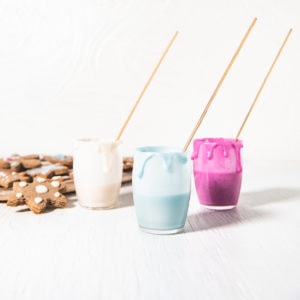
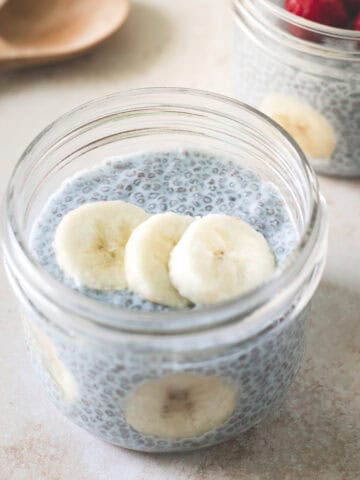
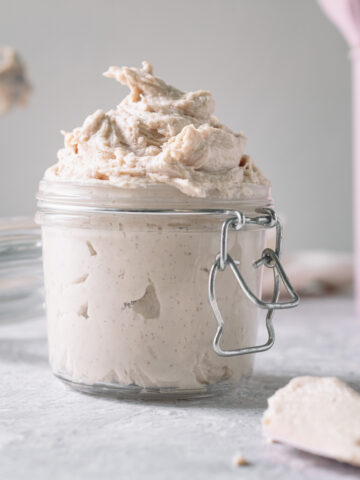
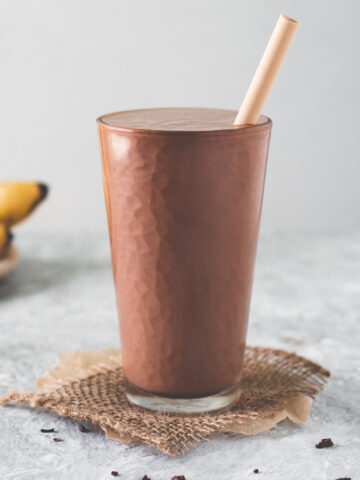
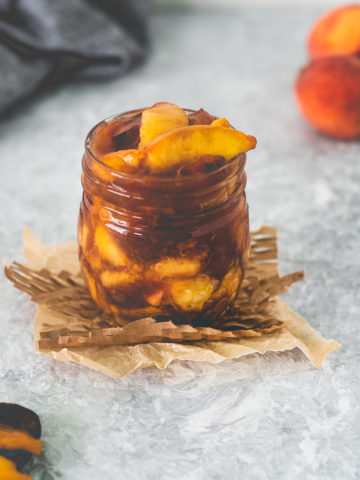
Jade Page says
The natural colouring looks gorgeous, I will have to make this with my kids. My 7 year old is a big icing fan.
Michelle McCowan says
Awe, thank you! I hope you and your kids enjoy!!
Aditi Jain says
I have bookmarked this. It is very difficult to get something this good in vegan! Thank you for sharing.
Michelle McCowan says
So happy to hear you enjoyed!
Annie says
Will this harden like your typical royal icing? So excited to try this recipe out!!
Michelle McCowan says
It sure will! It's perfect for gingerbread and sugar cookies 🙂
I hope you enjoy!
Odell B. says
About how long will cookies with this icing last out or in the fridge in your experience?
Thank you!
Michelle McCowan says
Hi Odell,
If you’re using the gingerbread cookie recipe linked in the post, they should last up to seven days at room temperature or in the fridge. To keep them longer, you can store them in the freezer for up to three months. However, if you’re using a different cookie recipe, they may have a different shelf life, and I would store them based on that. The icing itself should last up to two weeks refrigerated.
I hope that clears up your question. Happy baking! 🙂